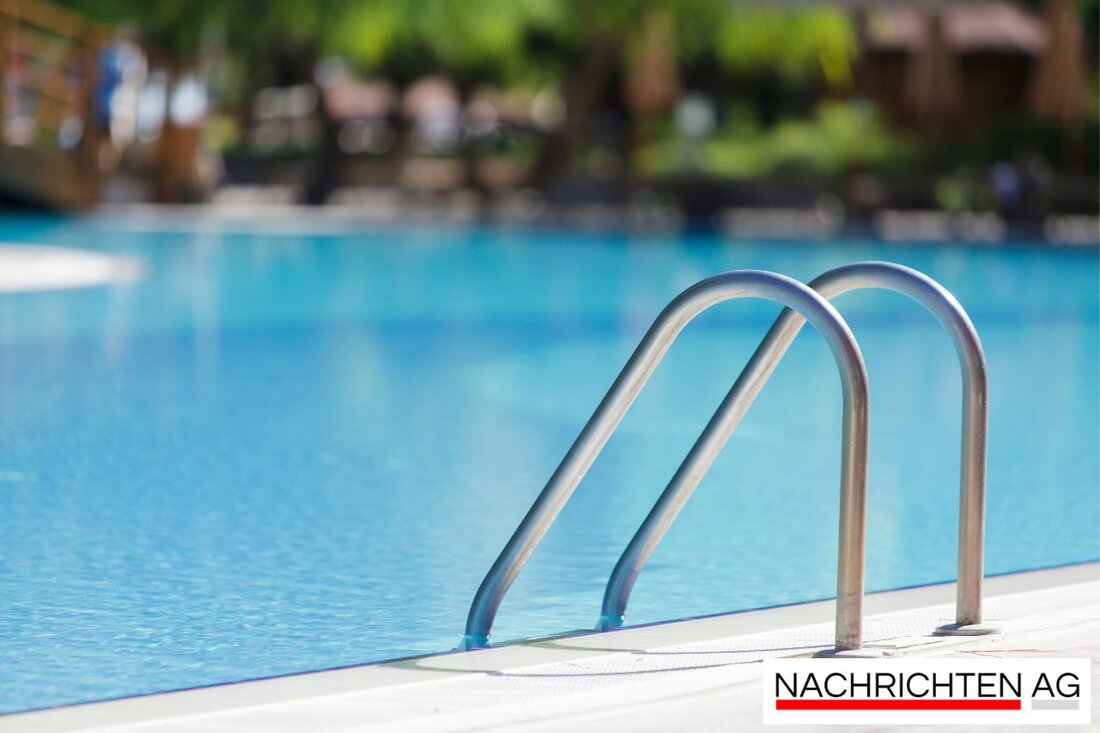New swimming pool in Hellersdorf: SEZ relics should bubble again!
New swimming pool in Hellersdorf: SEZ relics should bubble again!
Marzahn-Hellersdorf, Deutschland - The discussion about the future of the former sports and recreation center (SEZ) in Marzahn-Hellersdorf is increasingly absorbing. CDU politician Christian Gräff has made a proposal that causes a stir: parts of the historical SEZ, which was opened in 1981 and was considered the largest multifunctional building complex for sports and leisure, should be used as a building jewelry for a new swimming pool. Gräff described this idea as "charming" and emphasized the historical importance of the SEZ for the region.
The SEZ attracted up to 15,000 visitors daily and offered diverse leisure opportunities such as swimming, billiards, ice skating and skating. After the turn, however, there was a drastic decline in use, which is largely due to the closure in 2002 and subsequent privatization. A Leipzig investor acquired the 2003 SEZ for one euro, but did not meet the edition of reopening the swimming pool. The building then fell into disrepair, and the investor lost a legal dispute with the country, which turned the SEZ back into the possession of Berlin.
The plans for the new outdoor pool
In the current discussion, it is clear that the recovery of the SEZ does not make sense because the renovation would be too expensive. Instead, it is intended to integrate elements of the SEZ into the planned new bathroom in the Jelena Šantić peace park. It is particularly noteworthy that Marzahn-Hellersdorf is the only Berlin district without an outdoor pool. Originally a combined bath was intended, but the current investment planning only provides for a swimming pool without an outdoor pool. However, the district office demands that the new facility should also include an outdoor pool in order to offer the population a full range of leisure activities.
According to the well-advanced development plan 10-118 For the multifunctional pool, the new facility is to restore part of the social infrastructure, which has decreased sharply since the SEZ was closed. The earlier importance of the SEZ as a social meeting point and leisure location is repeatedly emphasized, not least of initiatives that criticize the demolition.
resistance to demolition
The planned demolition measures of the SEZ are under sharp criticism. Local residents, political actors and various initiatives require the preservation of the building and argue that the reduction of social infrastructure represents insufficient use of Berlin's history. An alternative usage concept provides for the SEZ to be partially preserved while living space and a school are being created at the same time. The Berlin Senate is planning 500 apartments on the site of the SEZ and a school, whereby around 30 percent of the apartments are to be reserved for low -income households.
The decided rejection of a required five -year moratorium to examine alternative uses shows the tensions between the interests of investors and the needs of the population. Critics, including the "SEZ for everyone!" Initiative, require a review of the demolition plans and emphasize the cultural importance of the building. In addition, the SEZ is regarded as an architectural icon of the GDR, the preservation of which is important not only for historical but also for social reasons.
In the middle of these discussions, it remains unclear how Berlin urban development will deal with the challenge of taking into account social and cultural values in modern infrastructure planning. The plan to demolish the SEZ and replace with new construction projects is also perceived as a symbolic act of annihilation of historical structures. At a time when the Berlin population is growing steadily, but at the same time existing leisure activities are not adequately expanded, the question of how the city can make its social infrastructure in the future.| Details | |
|---|---|
| Ort | Marzahn-Hellersdorf, Deutschland |
| Quellen | |


Kommentare (0)